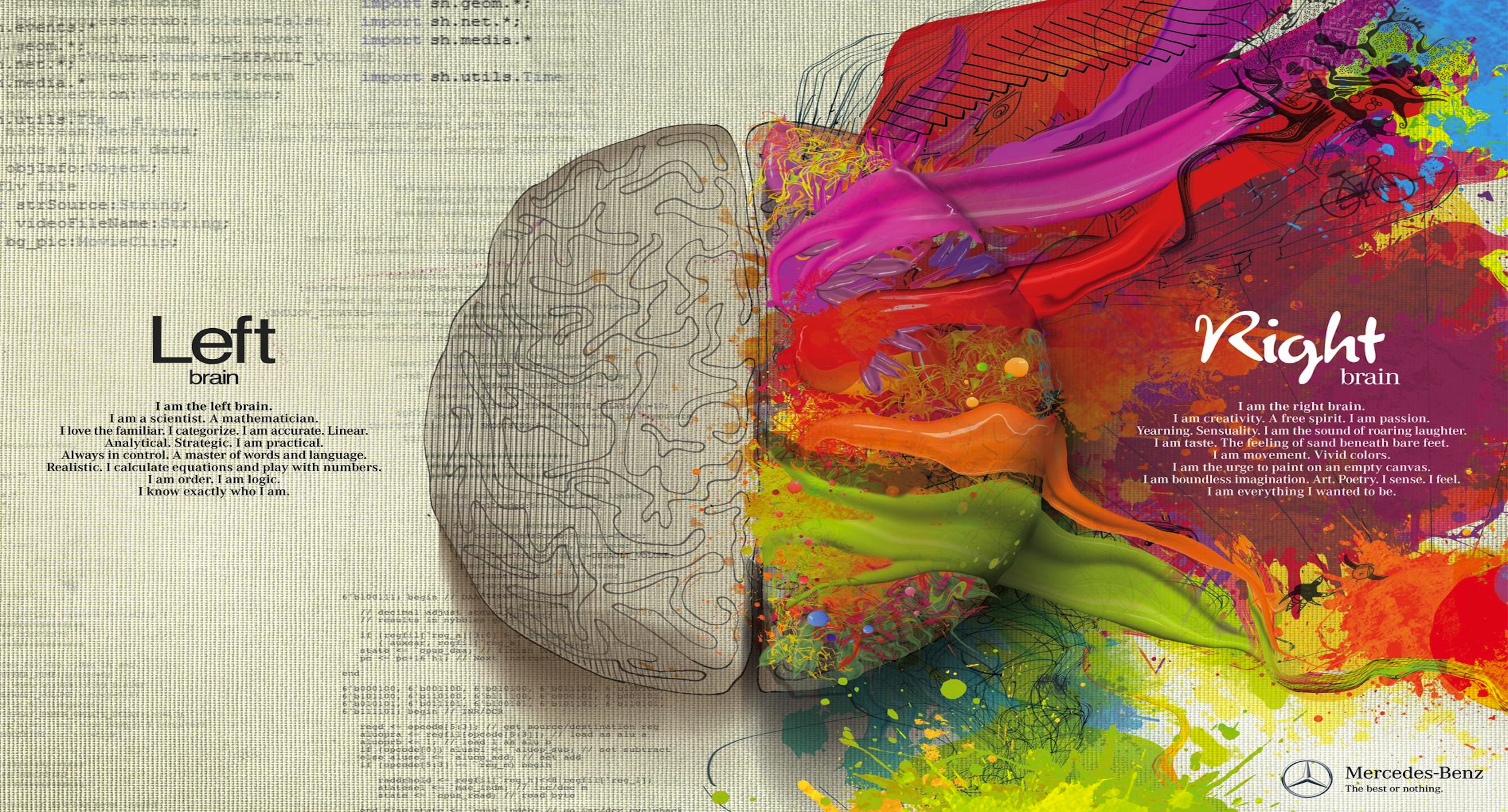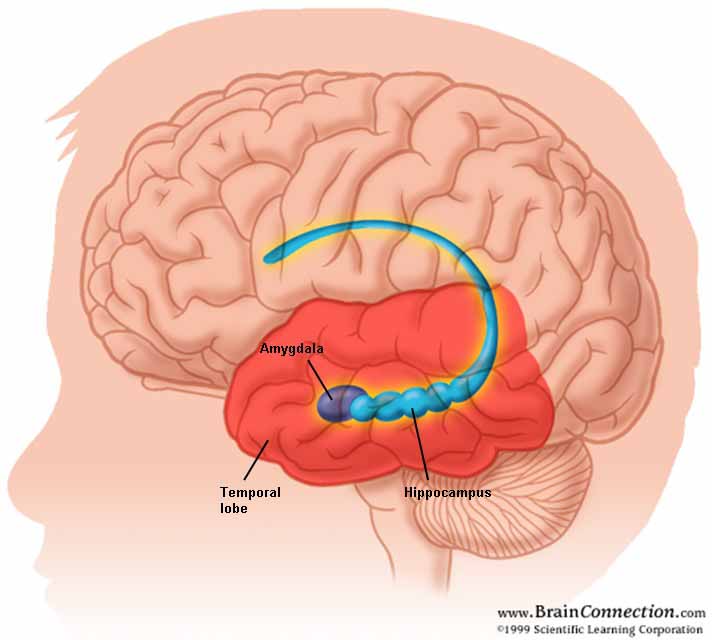This post has been inspired by Iain McGilchrist's book, “The Master and his Emissary”. This is a visionary work which explores the lateralization of the human brain. By lateralization I am referring to the fact that the human brain is divided into two hemispheres or halves. Specifically I have just finished listening to Dr. David Van Nuys' latest interview with Iain McGilchrist which I highly recommend. http://www.shrinkrapradio.com/2013/02/28/340-brain-lateralization-and-western-culture-with-iain-mcgilchrist-md/
Left Brain, Right Brain
It has become a part of pop culture to refer to the right and left brain, ever since the “split brain” studies of the 60s and 70s. In these studies patients who had their brains surgically divided with a surgical procedure to control epilepsy were subjected to psychological tests to evaluate the differences between the hemispheres. This led to a popularized stereotype of the hemispheres that McGilchrist debunks in his very comprehensive survey of this topic, while bringing the most up to date neuroscience to the table. In this way McGilchrist synthesises a very new construct of the important differences between the two hemispheres of the human mind.
2 Ways of Knowing
McGIlchrist takes an evolutionary look at how this specialization of the hemispheres developed, pointing out it’s origins in birds and mammals. McGilchrist posits that this lateralization evolved because of the adaptive advantage of having two kinds of attention that we can use at the same time. The left hemisphere attention system is narrowly focussed, predictive and exclusive, making it ideal for predatory, scavanging, or tool making and using tasks, while the right hemisphere attention system is wide ranging, inclusive, integrative and less predictive making it ideal for being on the look out for surprises, unexpected dangers or opportunities. By dividing itself in two, the mind can run both processes simultaneously which has massive and obvious survival implications. With social birds and mammals the hemispheres also specialized in their social functions. The right hemisphere taking on the role of holistic appraisals of the social world and it’s opportunites and dangers while the left using more practical strategies for manipulating social situations and presenting a social “persona” to the world.
The main point here is that the left hemisphere tends to ignore context, which is both it’s great strength (separating relevant information from the whole, so as to manipulate it more effectively) and it’s weakness (losing sight of the forest for the trees).
Birth of the Brains
Developmentally the right hemisphere is the earlier developing hemisphere. It stores the implicit learning of attachment experiences and it learns the implications of non-verbal information in our environment. It connects our social world to our physical world of stress responses, motivations and behaviours. This learning is chiefly organized by the subcortical brain structure known as the amygdala, which becomes active before birth. This right brain learning is implicit (unconscious) and enduring. The left hemisphere begins it’s growth spurt later (from 18 months or so), and it begins it’s process of naming and analyzing the world and developing more explicit (conscious) connections and strategies. The chief subcortical region that encodes this learning is the hippocampus, which comes online later and is more vulnerable to stress and injury.
The Rise of the Left Brain
Integration
Hopefully, with the vision of new influences such as McGilchrist's this new era of neuroscience will bring a deeper commitment to the knowing of the right hemisphere. The right’s hemisphere’s inculsive nature is naturally empowering of the left. Mental health is not a contest between the hemispheres. The goal of all mental health work, ultimately, involves the healthy integration of both ways of knowing.







What a beautiful and elegant summary of his fairly massive book you've given here.
ReplyDeleteYes, it would have been wonderful if I could have spoken with him longer. In fact, I was quite shocked by his statement at the end of our interview that he would have liked it to go on longer! :-)
David